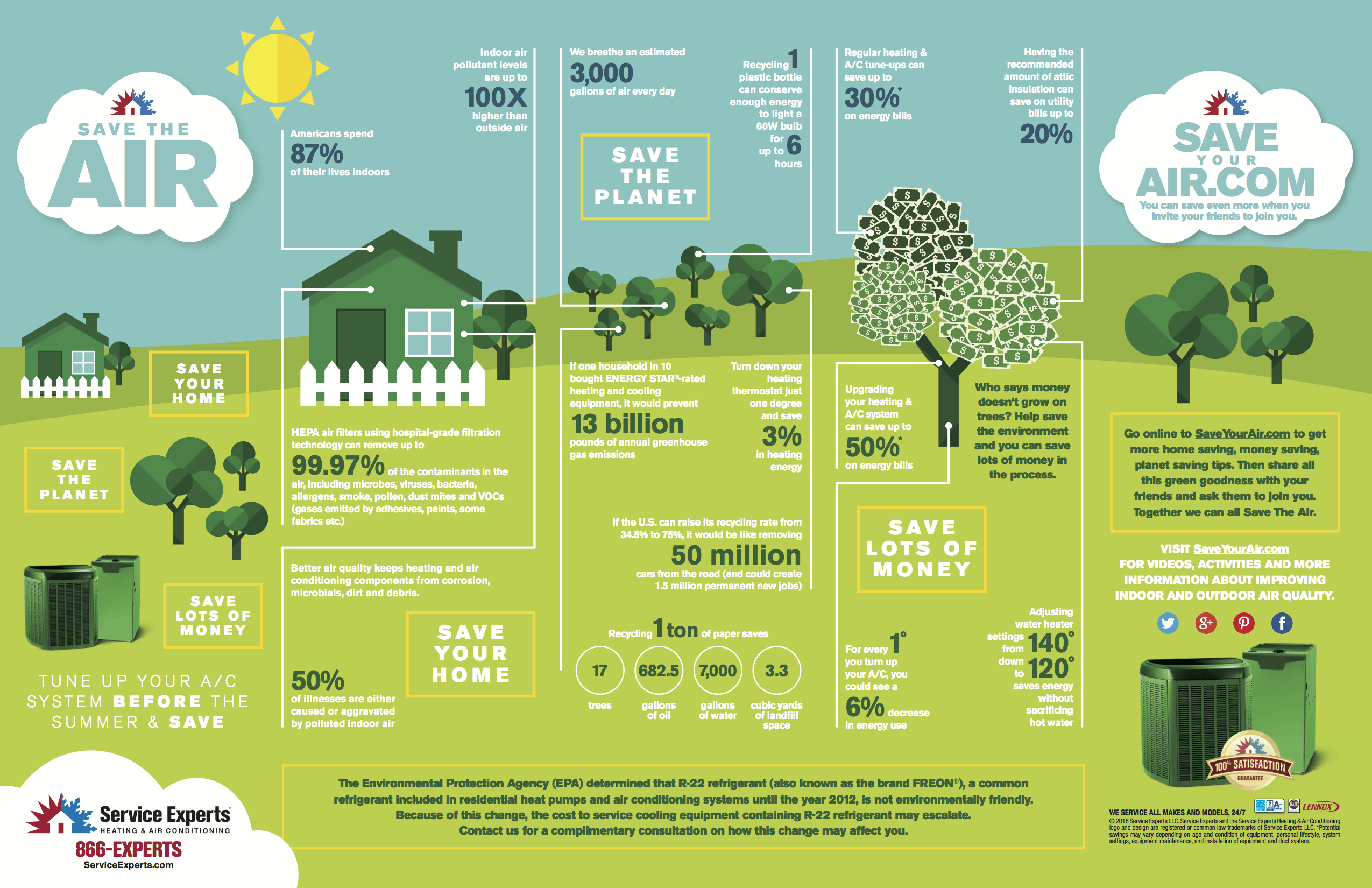The Ultimate Overview To Recognizing Warmth Pumps - Just How Do They Work?
The Ultimate Overview To Recognizing Warmth Pumps - Just How Do They Work?
Blog Article
Created By-Gissel Raymond
The best heatpump can conserve you significant quantities of cash on energy costs. They can likewise help in reducing greenhouse gas discharges, particularly if you make use of electrical energy instead of nonrenewable fuel sources like gas and heating oil or electric-resistance heaters.
Heatpump work very much the like a/c unit do. This makes them a viable choice to typical electrical home heating unit.
Just how They Work
Heatpump cool homes in the summer season and, with a little aid from electricity or gas, they provide some of your home's home heating in the winter season. They're a great option for individuals that intend to decrease their use of nonrenewable fuel sources yet aren't prepared to replace their existing heater and cooling system.
They rely on the physical truth that even in air that appears too cold, there's still energy existing: warm air is always relocating, and it intends to relocate right into cooler, lower-pressure atmospheres like your home.
A lot of ENERGY celebrity accredited heatpump operate at near to their heating or cooling capacity throughout most of the year, decreasing on/off biking and conserving energy. For the very best performance, concentrate on systems with a high SEER and HSPF ranking.
The Compressor
The heart of the heatpump is the compressor, which is additionally referred to as an air compressor. This mechanical streaming tool makes use of prospective power from power production to increase the stress of a gas by reducing its quantity. It is various from a pump because it only deals with gases and can not collaborate with liquids, as pumps do.
Atmospheric air goes into the compressor through an inlet shutoff. It travels around vane-mounted arms with self-adjusting size that split the inside of the compressor, producing multiple cavities of varying size. The rotor's spin forces these cavities to move in and out of phase with each other, pressing the air.
The compressor attracts the low-temperature, high-pressure refrigerant vapor from the evaporator and compresses it into the warm, pressurized state of a gas. This process is repeated as needed to supply home heating or cooling as required. house air conditioner includes a desuperheater coil that reuses the waste warmth and includes superheat to the refrigerant, transforming it from its fluid to vapor state.
ducted heat pumps chch in heat pumps does the same point as it does in fridges and ac system, transforming fluid refrigerant into an aeriform vapor that gets rid of warmth from the space. Heatpump systems would certainly not work without this essential piece of equipment.
This part of the system lies inside your home or building in an interior air trainer, which can be either a ducted or ductless unit. It includes an evaporator coil and the compressor that presses the low-pressure vapor from the evaporator to high pressure gas.
Heatpump take in ambient heat from the air, and afterwards make use of power to transfer that warm to a home or business in heating setting. That makes them a great deal more power effective than electrical heating systems or furnaces, and due to the fact that they're making use of clean power from the grid (and not burning gas), they also create much fewer emissions. That's why heat pumps are such great environmental selections. (Not to mention a huge reason why they're ending up being so preferred.).
The Thermostat.
Heatpump are wonderful alternatives for homes in cool climates, and you can utilize them in mix with traditional duct-based systems and even go ductless. They're a wonderful alternative to fossil fuel heating systems or standard electrical heaters, and they're more sustainable than oil, gas or nuclear cooling and heating equipment.
Your thermostat is one of the most vital component of your heatpump system, and it works extremely in a different way than a standard thermostat. All mechanical thermostats (all non-electronic ones) work by using substances that transform size with increasing temperature, like coiled bimetallic strips or the increasing wax in an auto radiator valve.
see it here include 2 various types of steel, and they're bolted together to create a bridge that finishes an electric circuit linked to your HVAC system. As the strip obtains warmer, one side of the bridge broadens faster than the various other, which causes it to flex and signal that the heating unit is required. When the heat pump remains in home heating mode, the reversing shutoff turns around the circulation of refrigerant, to make sure that the outside coil now operates as an evaporator and the interior cylinder ends up being a condenser.